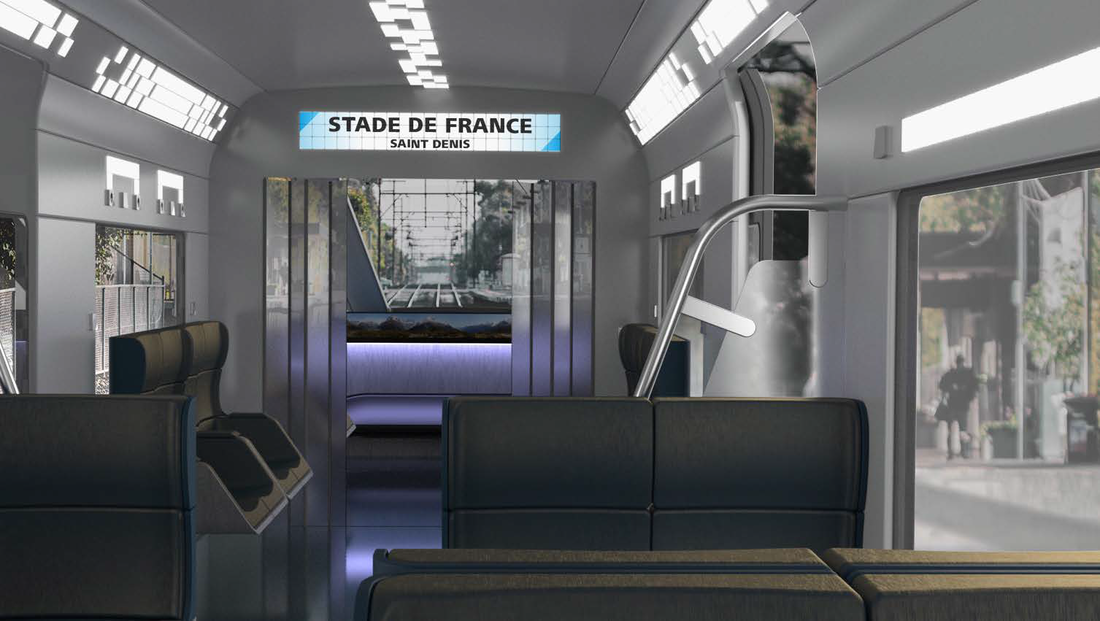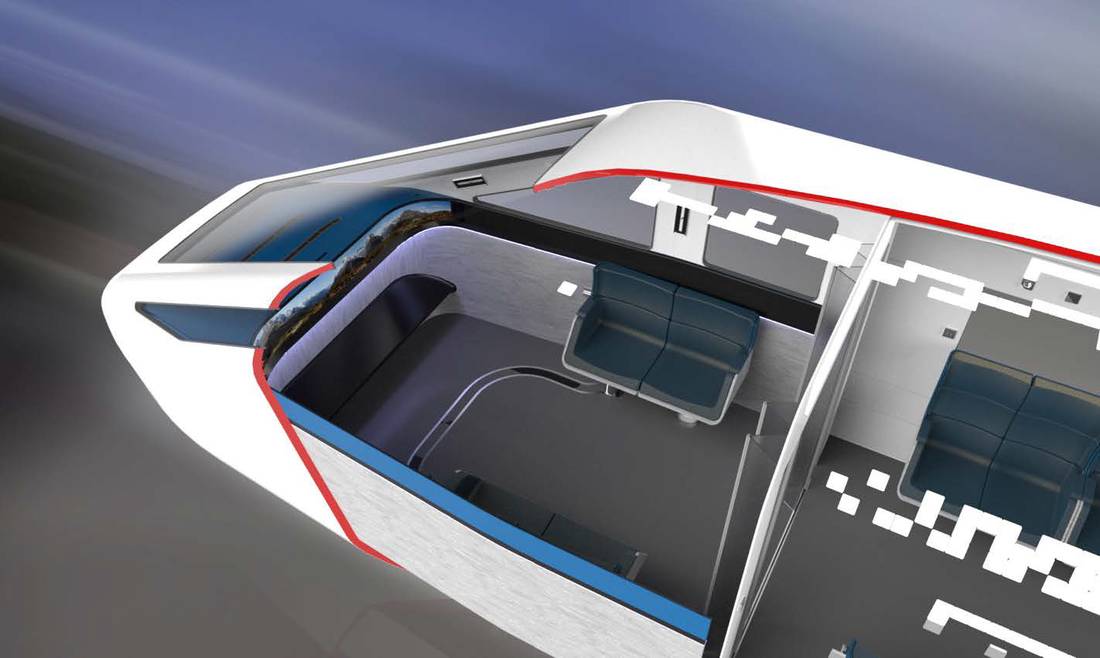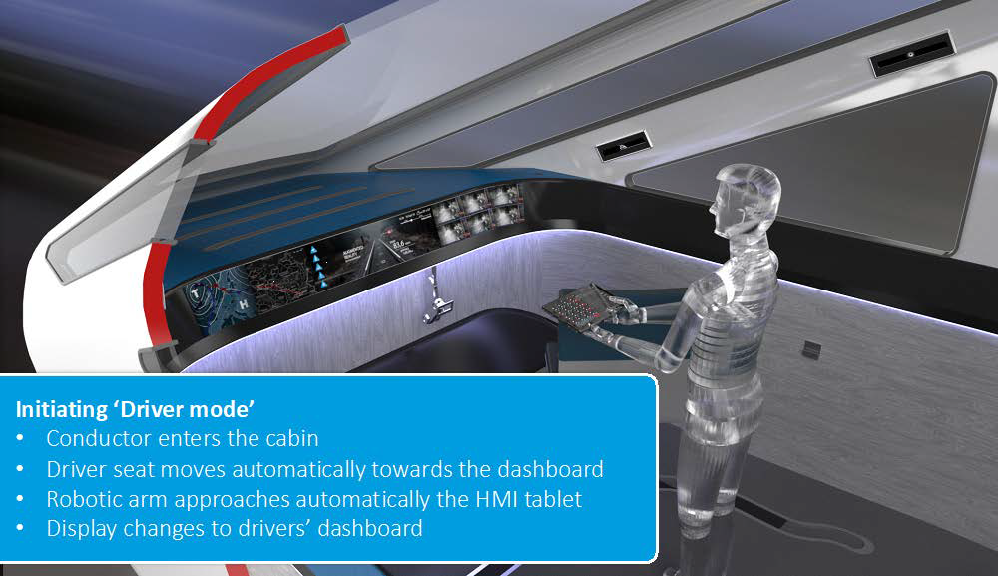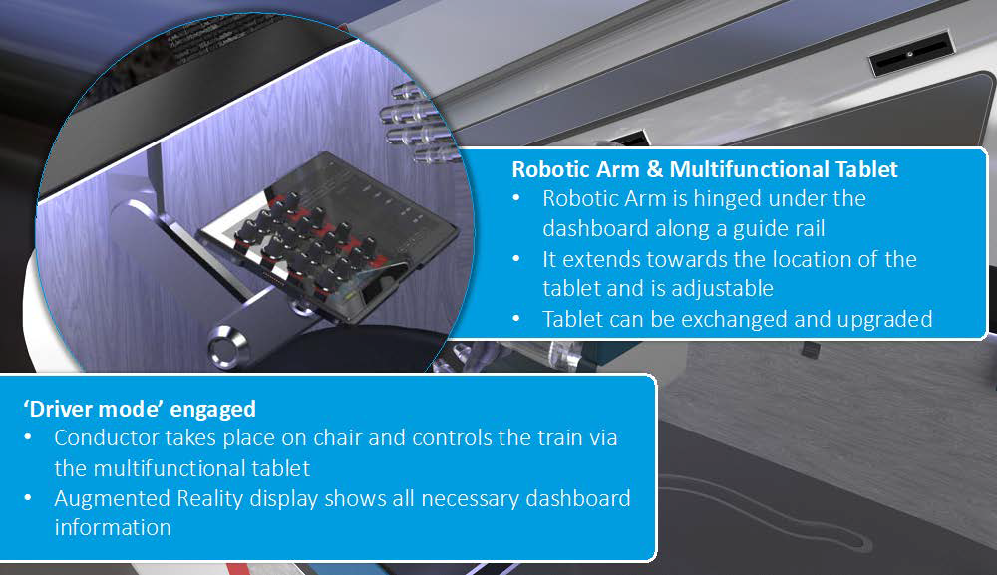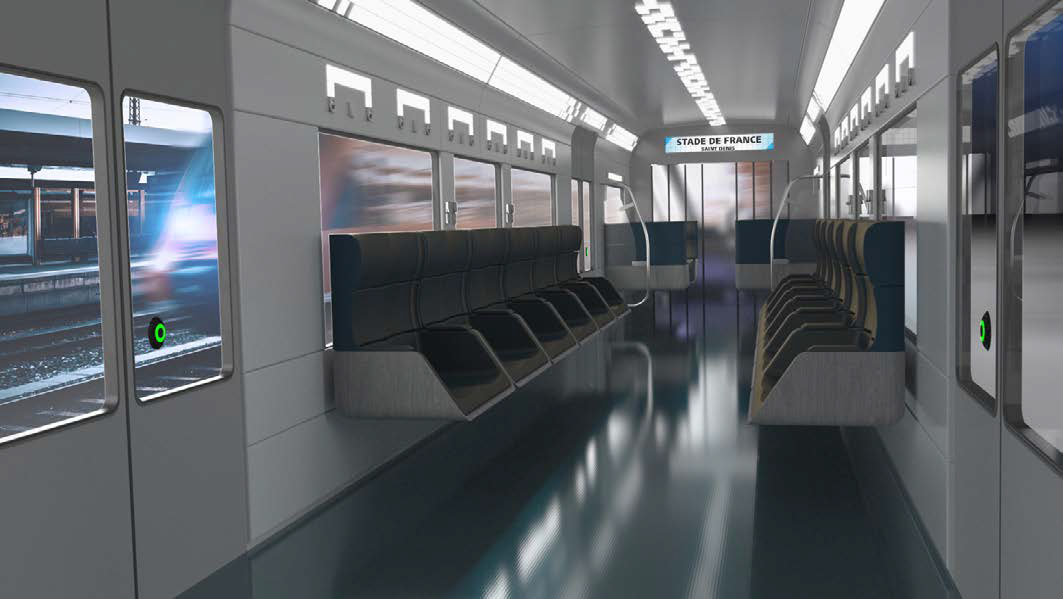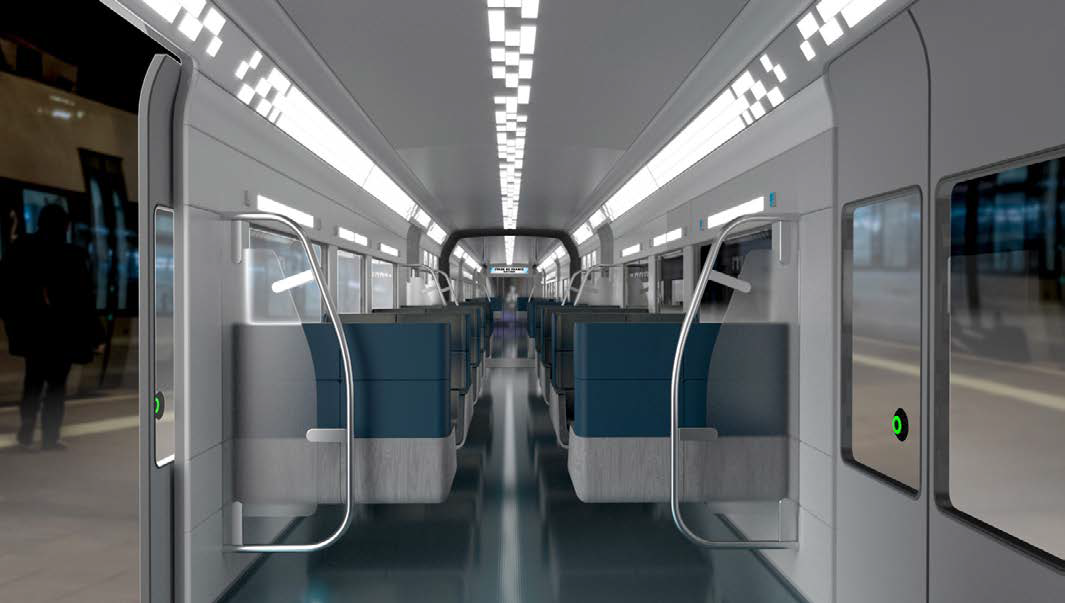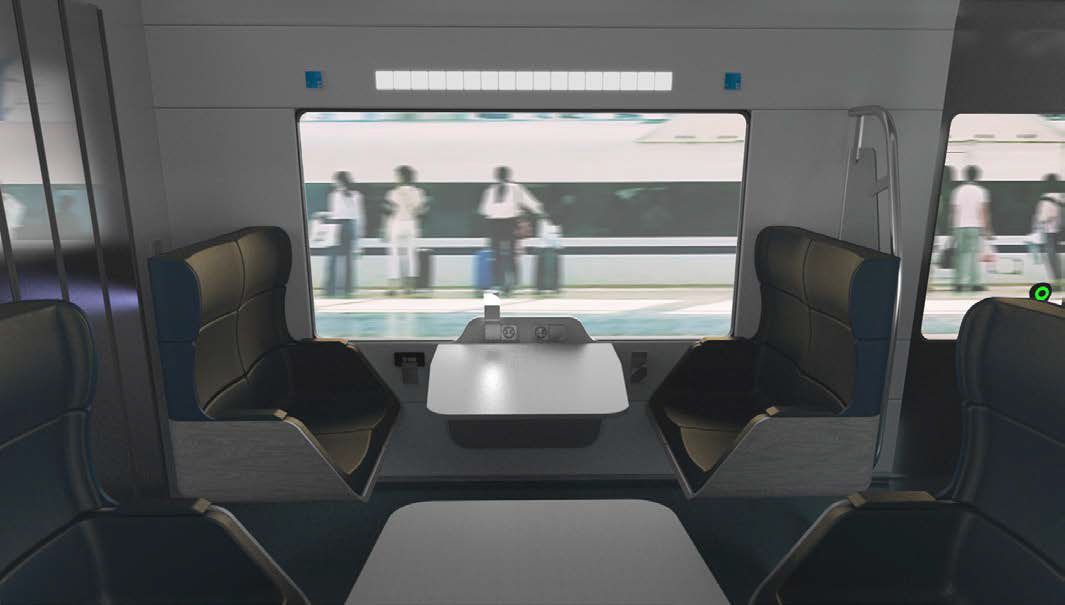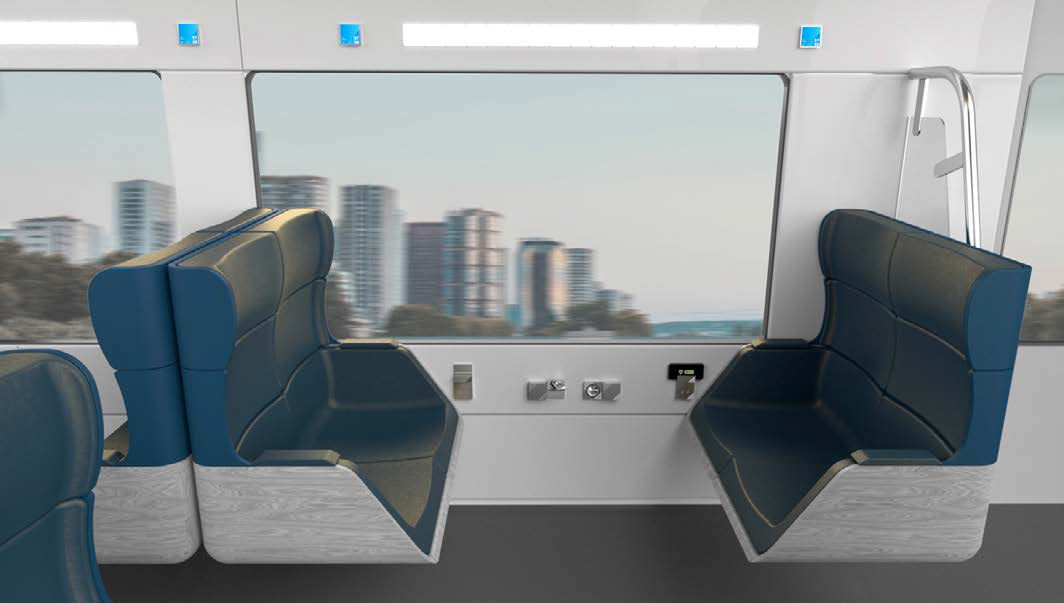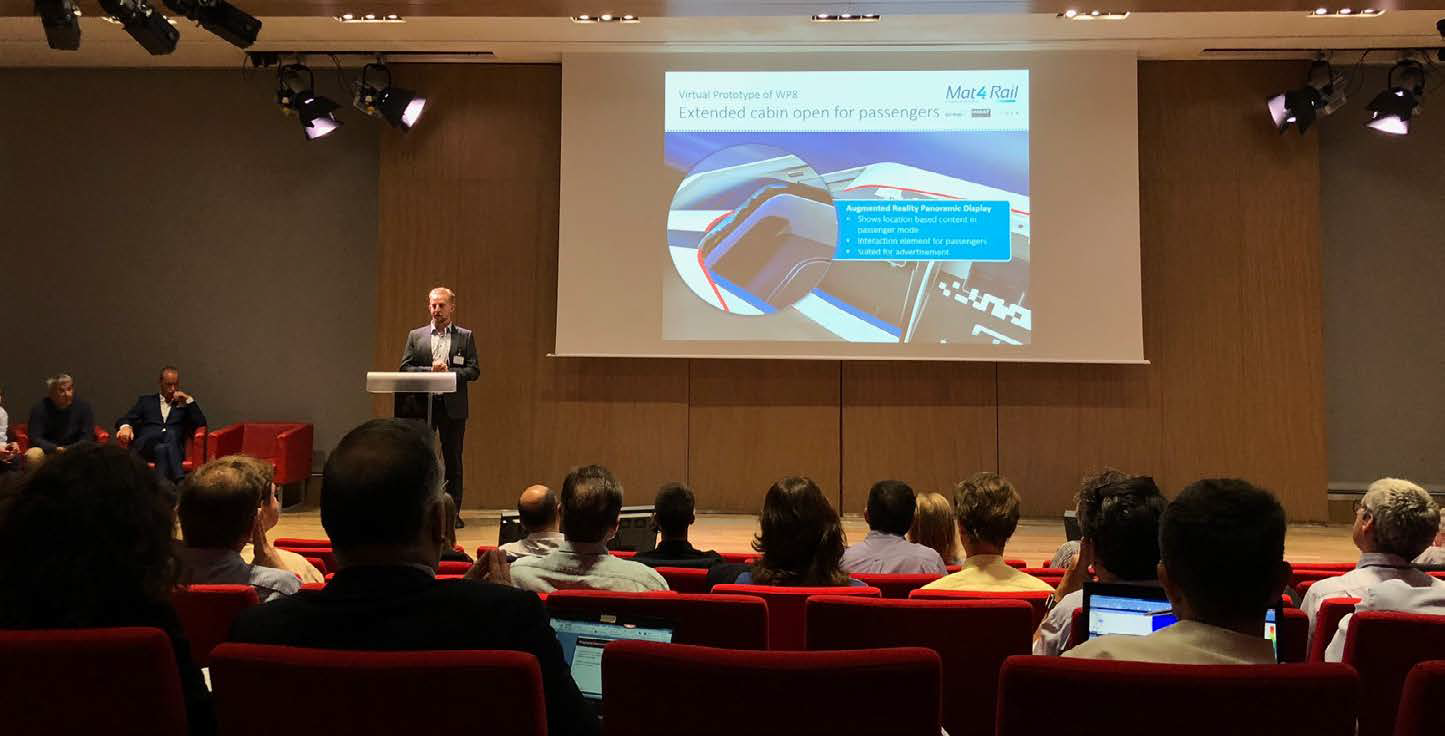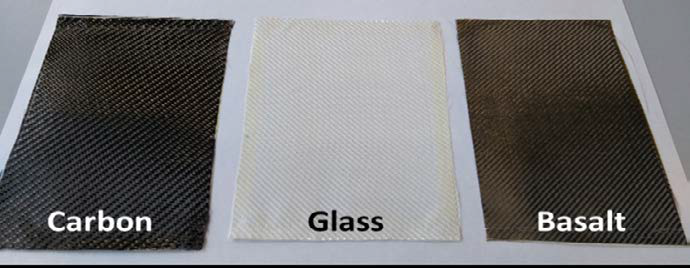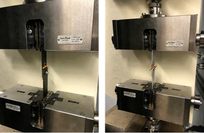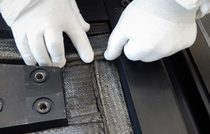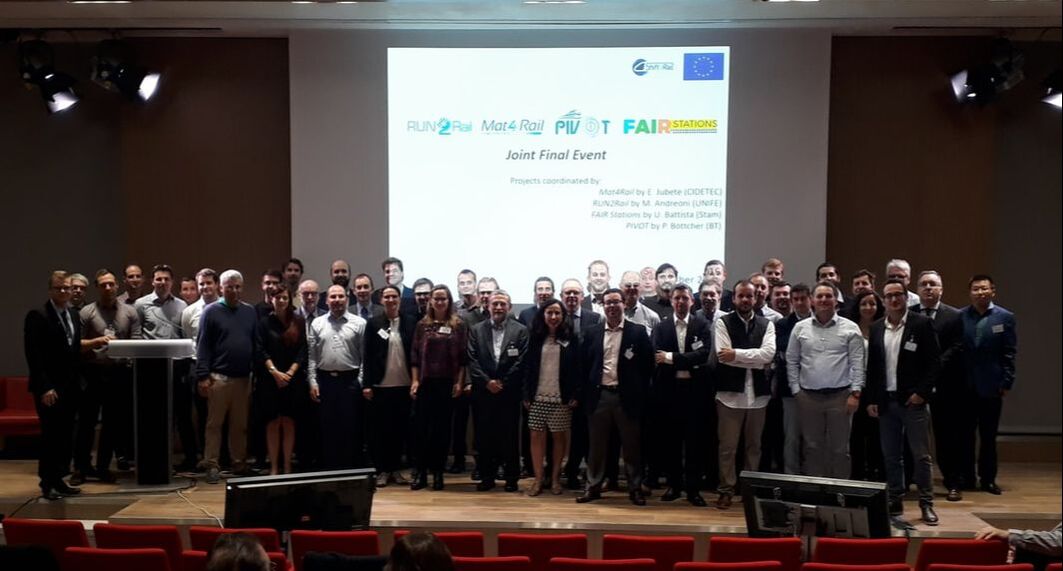Virtual train prototype successfully finalised and presented in Paris
Great feedback from railway industry leaders at the final Mat4Rail event in Paris for the development of the virtual train prototype showing the Innovative Driver’s Cabin and the Innovative Plug & Play System
Great feedback from railway industry leaders at the final Mat4Rail event in Paris for the development of the virtual train prototype showing the Innovative Driver’s Cabin and the Innovative Plug & Play System
One final result of Mat4Rail was a virtual prototype of the Innovative Driver’s Cabin design developed by Spirit Design (WP8) and the Innovative Plug & Play System developed by NVGTR (WP6).
SPIRIT conceptualised and INDAT constructed a virtual prototype of a completely new train model to showcase the design achievements. A neutral train model was developed in coordination with PIVOT, which is a hybrid between a commuter train and an inter-regional train. It consists of two carriages, each having a driver cabin at the end/front. To give it a realistic and appealing design, several train interior elements and modules were designed.
SPIRIT conceptualised and INDAT constructed a virtual prototype of a completely new train model to showcase the design achievements. A neutral train model was developed in coordination with PIVOT, which is a hybrid between a commuter train and an inter-regional train. It consists of two carriages, each having a driver cabin at the end/front. To give it a realistic and appealing design, several train interior elements and modules were designed.
The design concept of the Innovative Driver's Cabin is based on new stakeholder demands from manufacturers, operators, train personal and passengers. Ongoing and accelerating technological advancements towards the fully automated train operation (ATO) offers new possibilities for functional design for train drivers and passengers alike. The two resulting modes “passenger mode” and “driver mode” are based on the possibilities which are offered by Grade of Automation (GoA) Level 2 & 3:
- GoA 2 is semi-automatic train operation (STO) where starting and stopping is automated, but a driver operates the doors, drives the train if needed and handles emergencies.
- GoA 3 is driverless train operation (DTO) where starting and stopping are automated but a train attendant operates the doors and drives the train in case of emergencies.
|
The seats inside the driver cabin are placed on both sides inviting people to relax shortly or stay and travel on their commuting ride. The windows offer an unhindered view to all sides to enjoy the travel in the unique sight. The big augmented reality screen in the front of the cabin can be configured with any contents, such as location based information or advertisement. Below the big augmented reality screen, ambient lighting was placed to give the room a cosy feeling. |
|
When the attention of a driver is required, the drivers’ cabin can be put in “driving mode”. Once driving mode is initiated by the operator, the opaque glass doors automatically close. The two front-facing seats in the driver cabin are hinged on a rail system. The driver seat automatically moves along the rail and positions itself in front of the dashboard.
|
|
The robotic arm below the dashboard appears when the driver approaches with the multifunctional control Human Machine Interface (HMI) tablet. It senses the location of the tablet and places itself beneath the tablet to fixate it firmly. The HMI tablet itself is designed to be highly adaptable to the preferences of the driver, offering many configurable nobs and a big touch screen. From this moment on, the driver controls the train via the tablet. The augmented reality display shows weather, track and camera information. Additionally, the cabin is equipped with vitality sensors and a head up display. When driver mode is disengaged, the driver leaves the cabin, the glass door opens and passengers can use the space again. |
To illustrate the different set-ups of the innovative Plug & Play system developed in WP6 and the versatile options of applications, different interior scenarios were conceptualised and designed in the virtual prototype (see figures above).
|
SPIRIT, INDAT and NVGTR are very happy with the final result and the successes which came with it. The feed back for the presentation in Paris 17th September 2019, was very good among all people present and interest was great to discuss innovative details and quality of the final results. |
Read further articles




